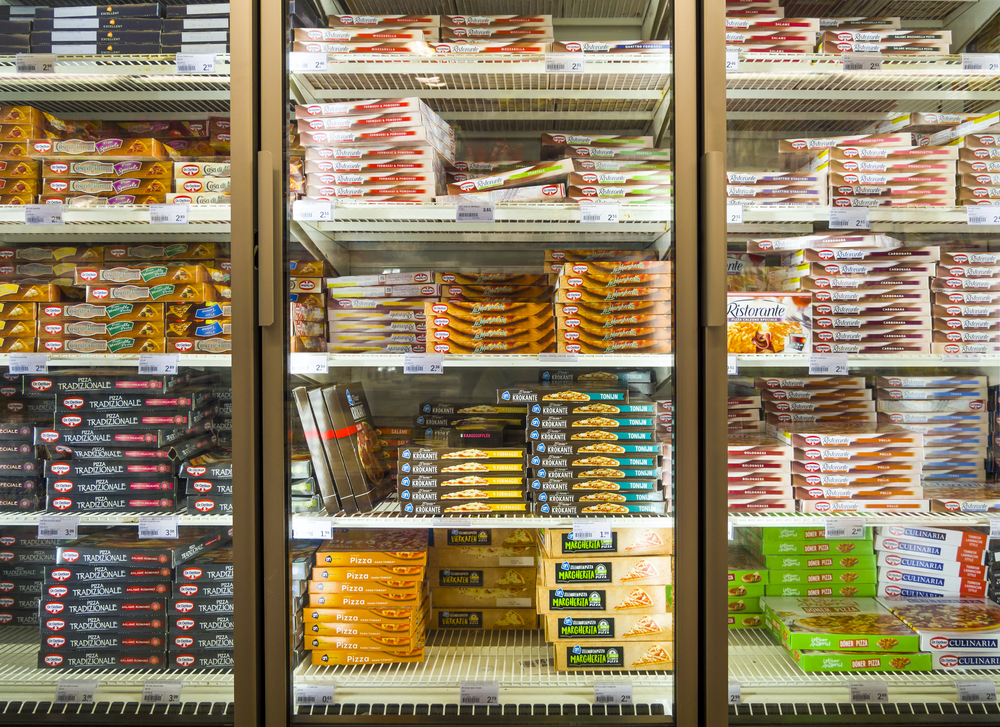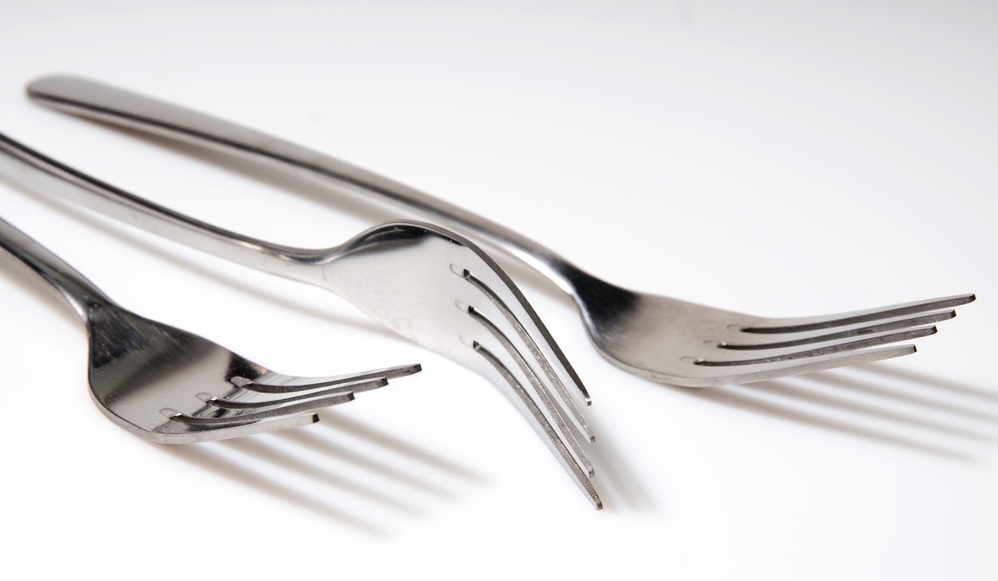The idea that eating ultra-processed food is always unhealthy and inevitably makes you fat is a widespread misunderstanding. New WUR research shows that the speed you eat at is what matters.
More than 70 per cent of the products in Dutch supermarkets are ultra-processed foods (UPF). They include soft drinks, cookies, margarine, cold meats and bread. It is commonly believed that these products are unhealthy and at least partly responsible for the obesity epidemic. But according to assistant professor of Sensory Science & Eating Behaviour Marlou Lasschuijt, ‘The category of ultra-processed foods includes a wide range of products, which you tend to eat quickly or slowly depending on their texture. Take a soft roll compared with a freshly baked roll with a crispy crust. If you are allowed to eat as much of that product as you want, the different texture affects how much you eat in practice .’
Together with Professor Ciarán Forde in the same group and a large research team, Lasschuijt studied the influence of food texture and the number of calories per gram on how fast we eat and how much. In mid-June, the researchers shared their first results at a conference in America. You eat far less of ultra-processed foods that you tend to eat slowly than of the foods that you eat quickly. The difference is 369 calories a day. Which is the equivalent of five bitterballen.
In this research project, the Wageningen scientists subjected 41 participants twice to two weeks on a diet that was 90 per cent ultra-processed foods. One of the diets consisted of meals and snacks with textures that the researchers knew encouraged slow eating, while the second diet consisted of food with textures that invite you to eat them quickly. For example, the participants got yoghurt for breakfast with either chewy or soft granola, rolls with either hard or soft crusts for lunch, and burritos with chunks or a smooth sauce as the filling for dinner.
In both diets, the participants could eat as much or as little as they wanted. Lasschuijt: ‘They were instructed to eat until they felt “comfortably full”. After the first diet, the test subjects had a two-week break in which they could eat what they wanted, and then they switched to the other diet for the next two weeks.’ The researchers made sure that the calories per gram of food, the portion sizes, total calories served and calories from ultra-processed foods were the same for both diets. That meant the researchers were able to attribute differences in amounts consumed to the speed at which people ate the food, depending on the food texture.
Five bitterballen
‘People ate almost twice as fast and consumed far more calories when on the eat-fast diet. During the two-week period, they ate 369 calories a day more on average than when on the eat-slow diet,’ says Lasschuijt. That is about the same as a chocolate bar, a large slice of cake or five bitterballen — a day.Over the course of the two weeks, that added up to a difference of over 5000 calories. ‘When on the eat-slow diet, the participants lost half a kilo on average over the two weeks.’
In another study that was published recently, Lasschuijt and her colleagues got 69 participants to have lunch on campus on five occasions to examine the independent and combined effects of eating speed and calories per gram on the energy intake during lunch. The researchers created five combinations of crusty or soft rolls with high-fat or low-fat chicken fillet and cheese, and varying amounts of mayonnaise and butter, lettuce and raw carrots.
Test subjects ate 369 calories a day more on average on the eat-fast diet than when on the eat-slow diet
Lasschuijt: ‘The eating speed and amount of calories in the food each have an independent effect on how many calories someone consumes. When we manipulated the two factors simultaneously, we could add up those independent effects. When eating high-calorie food quickly, the participants consumed twice as many calories as when having a slow lunch with few calories. Even though they felt just as full after all the lunches and thought they all tasted equally good, the participants had consumed 600 calories more in one lunch than in another.’ That is a difference of nine bitterballen.
Adaptation
The researchers were amazed at the test subjects’ ability to adapt. ‘Almost everyone adapted their eating behaviour spontaneously without us having to give instructions. If we gave them an eat-slow diet, they really did eat more slowly — and therefore less. Normally, we see much more variation in how people respond to an intervention aimed at changes in behaviour.’
‘Sensory aspects such as the taste, aroma, texture and colour play a crucial role when choosing what to eat and determining how many calories you consume during a meal,’ emphasizes Lasschuijt. ‘Nutrition research often ignores that. The research we presented in America shows that meals that are equally satiating are eaten differently purely because they have a different texture. That means we can use the texture of meals to change consumers’ eating behaviour.’
Myth disproved
Professor of Food Quality & Design Vincenzo Fogliano spoke enthusiastically about the research results on LinkedIn. He has been arguing for a while that processed food is not necessarily unhealthy. ‘This study shows once and for all that the association between ultra-processed food consumption and health outcomes is not related to the degree of processing but to the speed at which the food is eaten. It took four years, a lot of money, the efforts of dozens of students and researchers to deliver solid scientific proof, but it was worth it!’ Lasschuijt agrees. ‘You can eat ultra-processed food without putting on weight. Of course, the category includes foodstuffs you shouldn’t be eating every day, but also plenty of foodstuffs that are fine in terms of overweight.’

 Whether you have a burrito filled with sauce or chunks makes a big difference to how many calories you eat. Photo Unsplash / Dushawn Jovic
Whether you have a burrito filled with sauce or chunks makes a big difference to how many calories you eat. Photo Unsplash / Dushawn Jovic 

